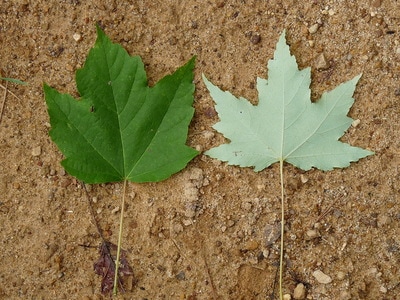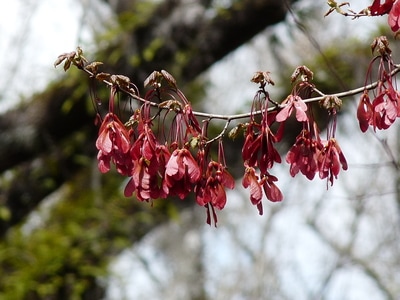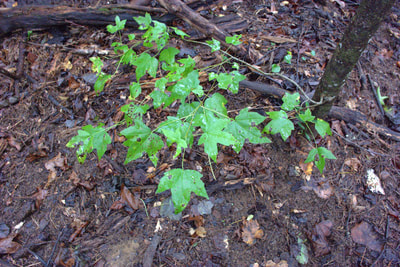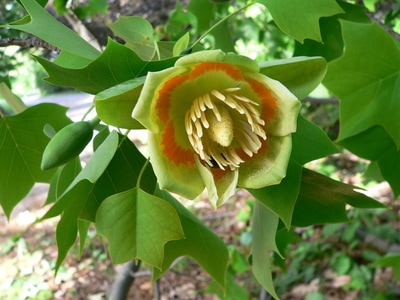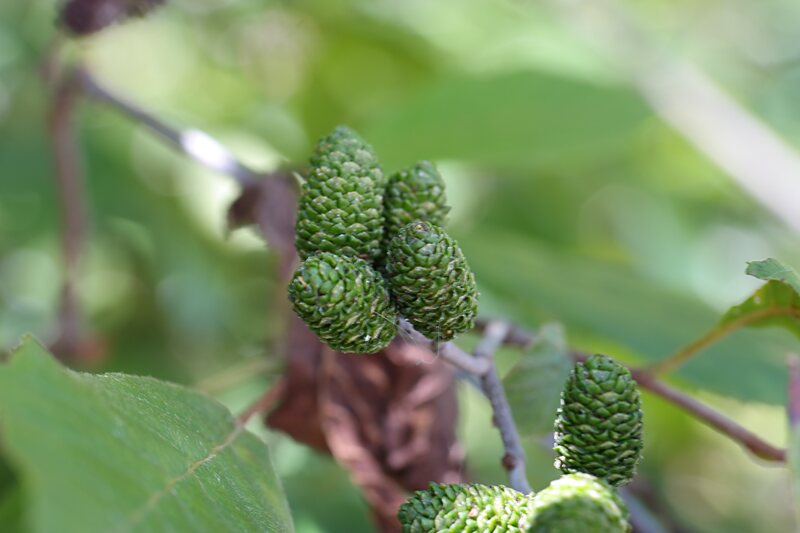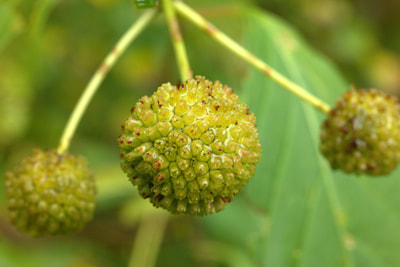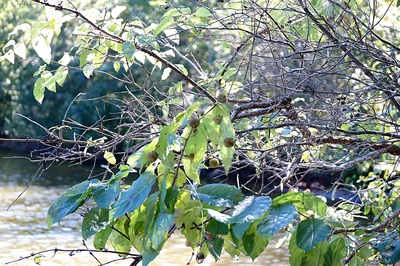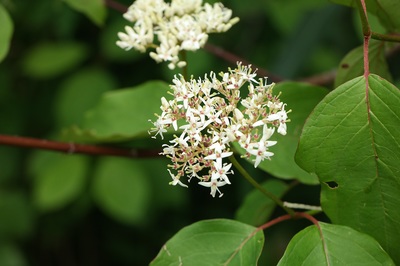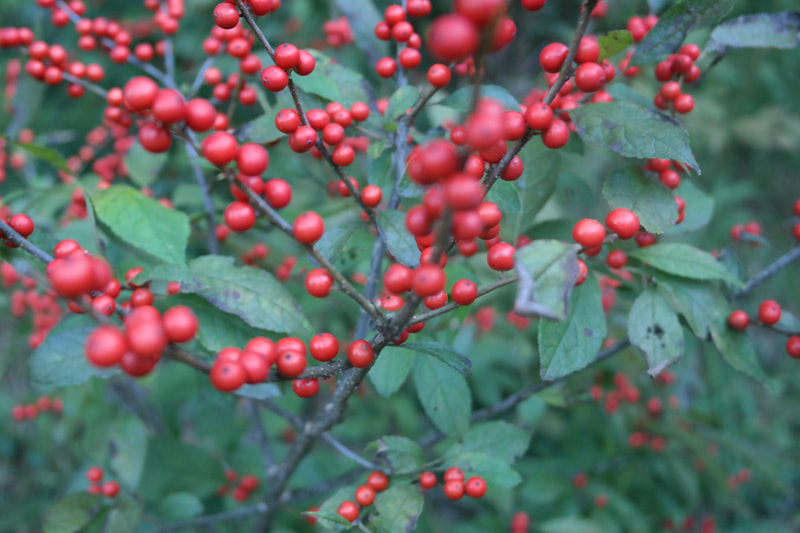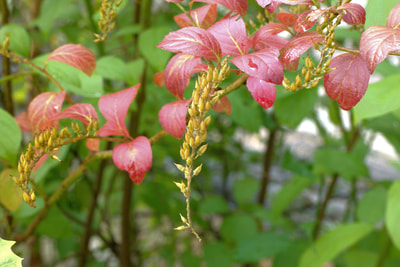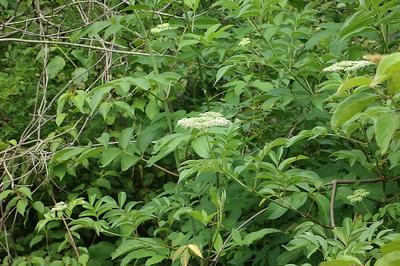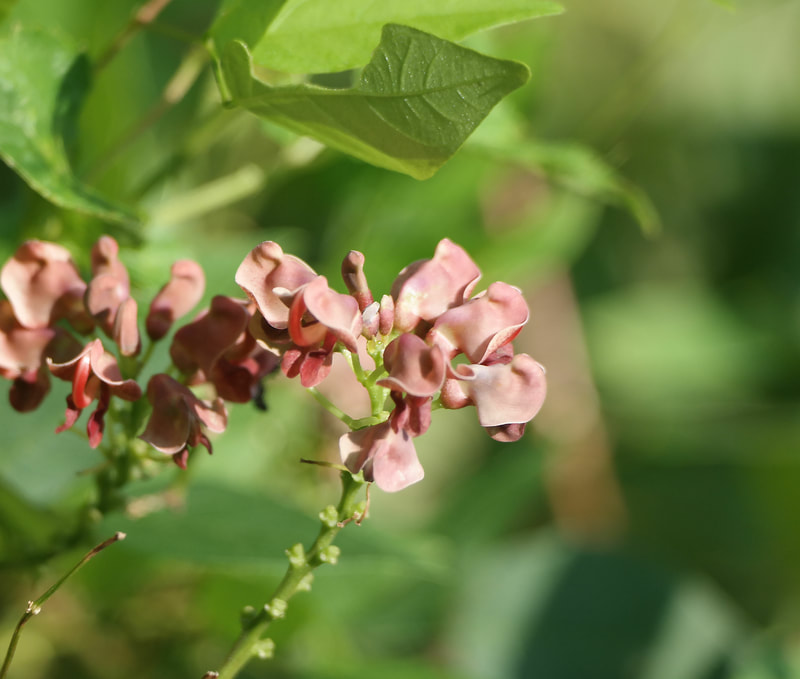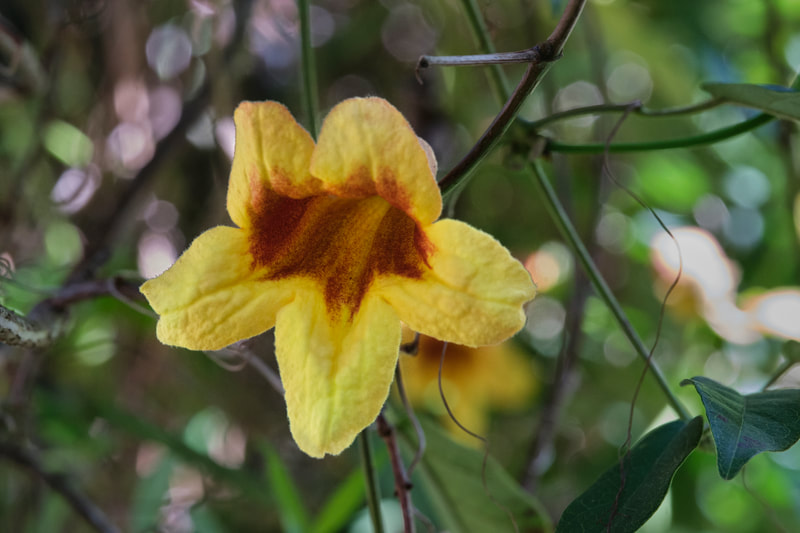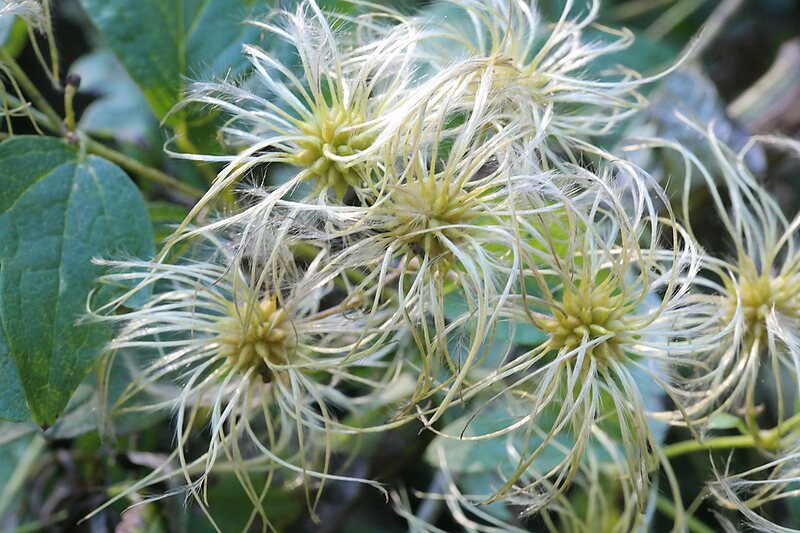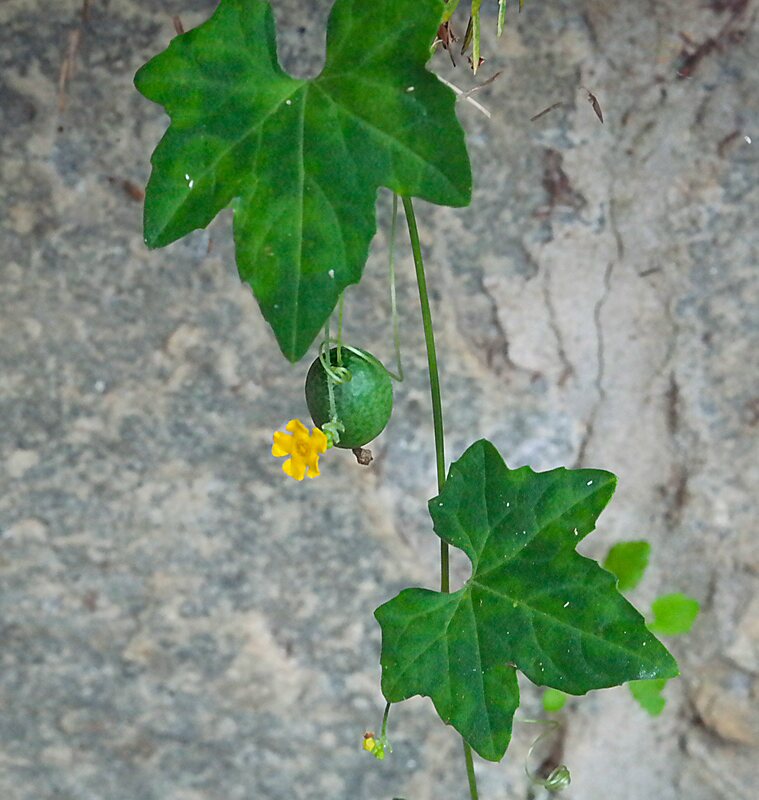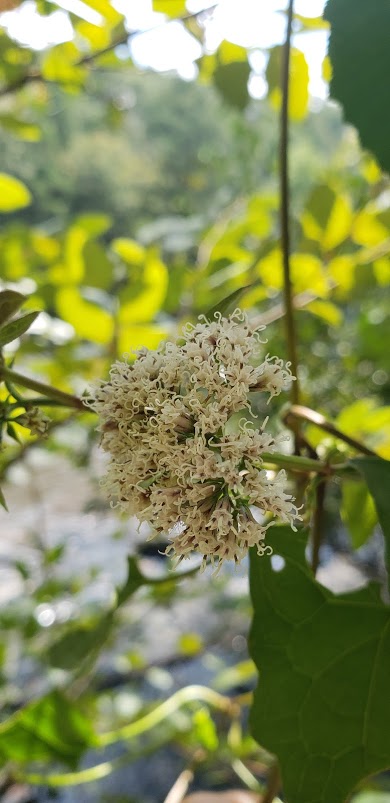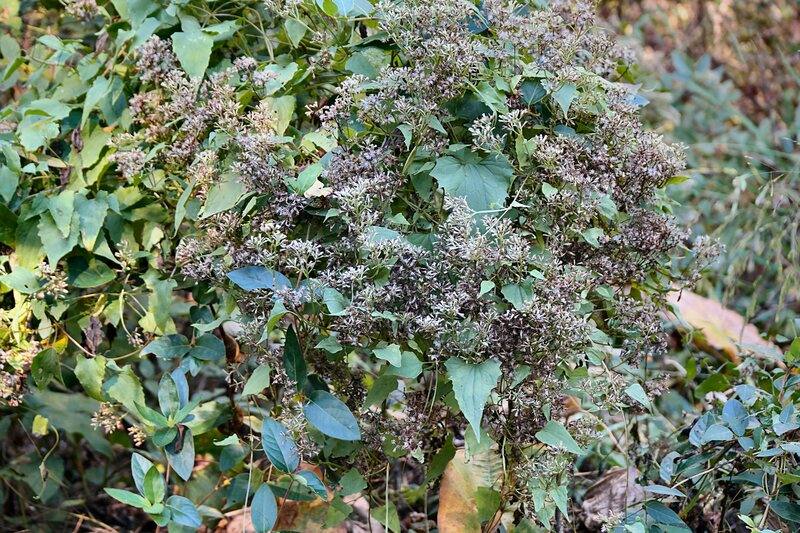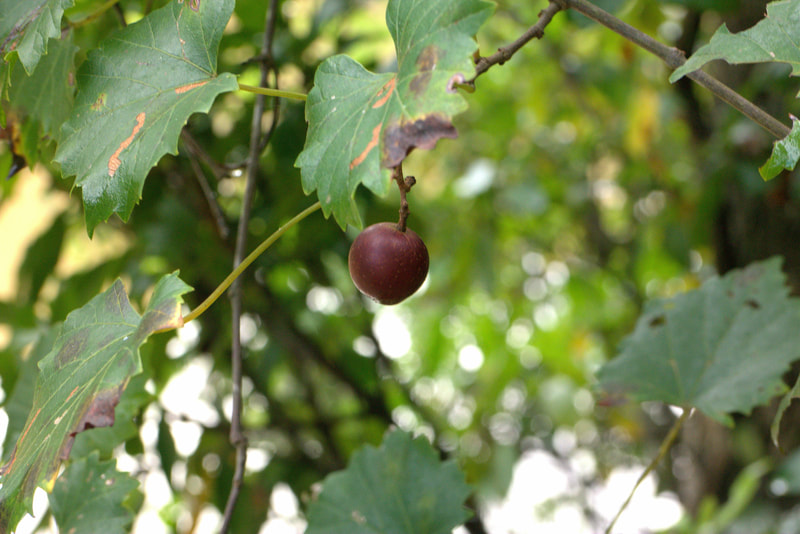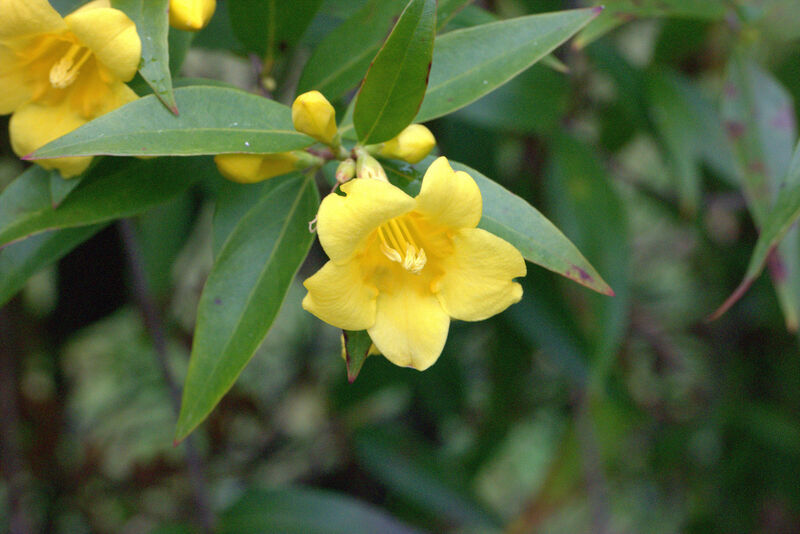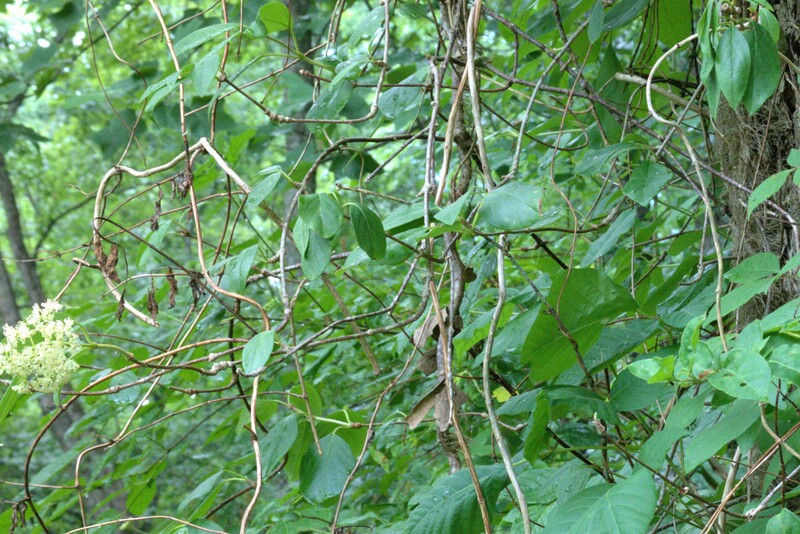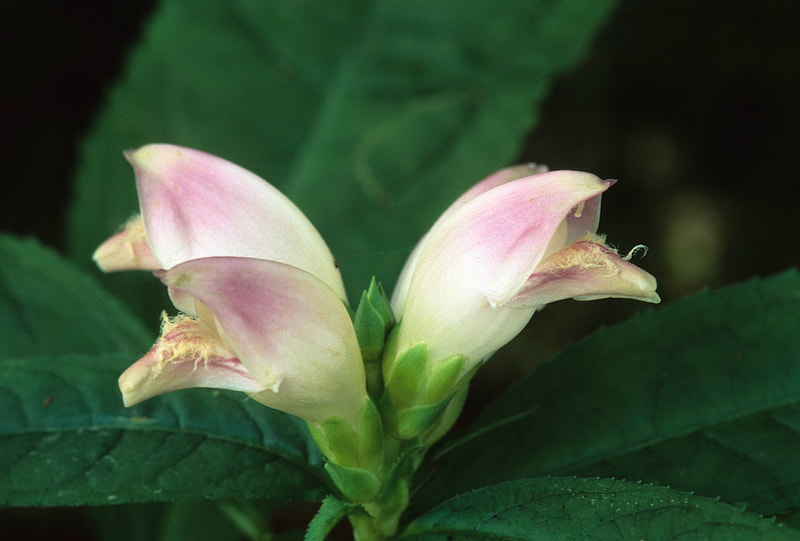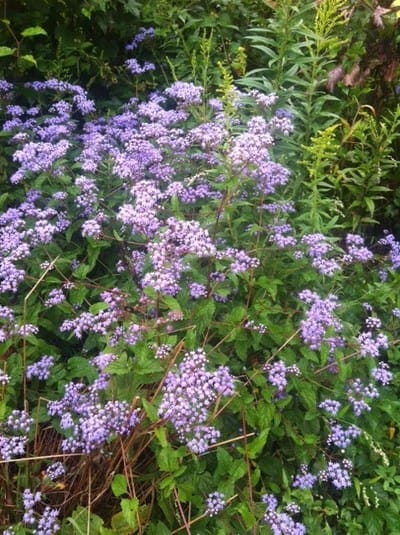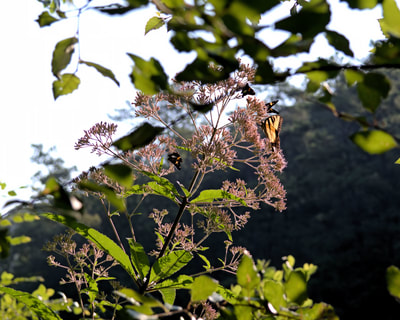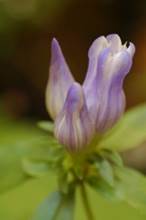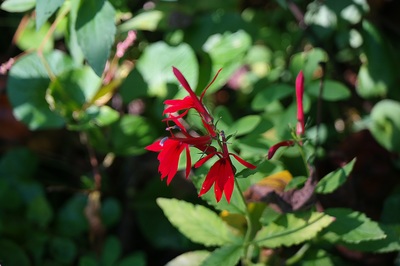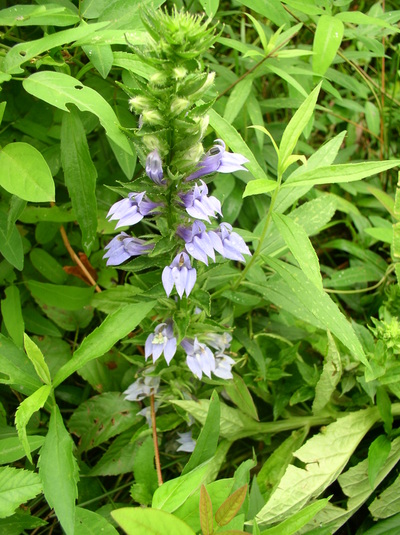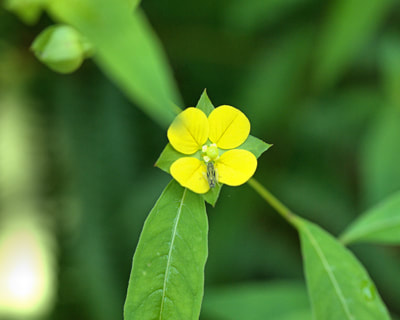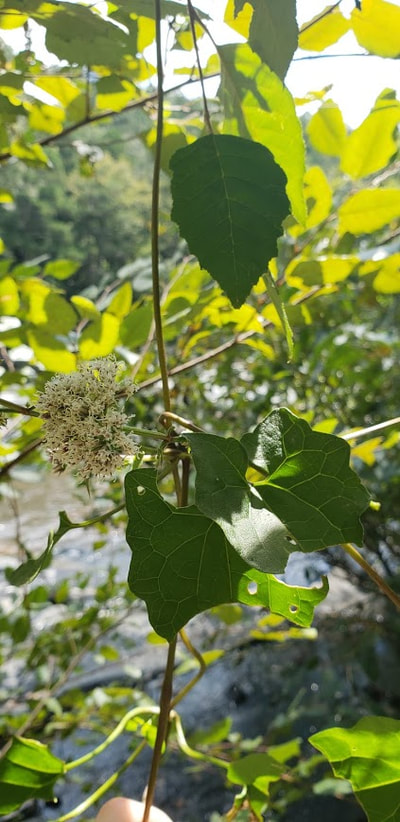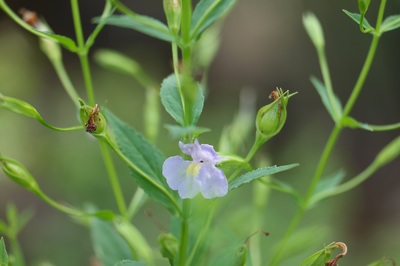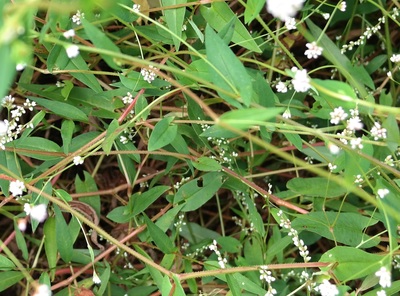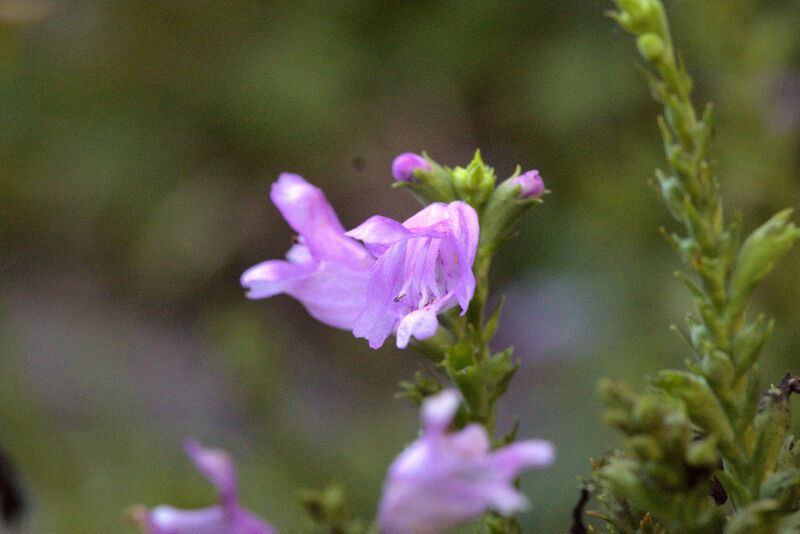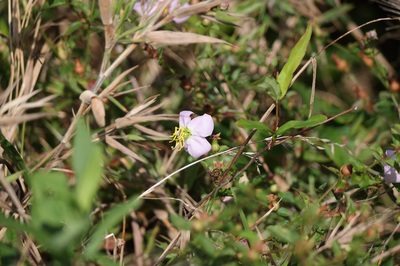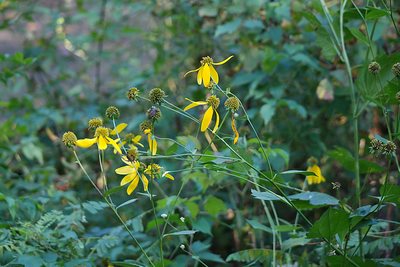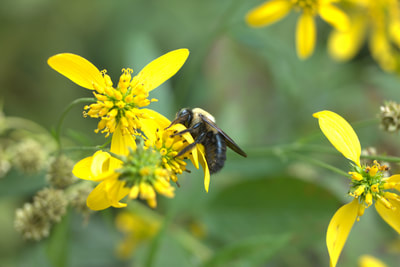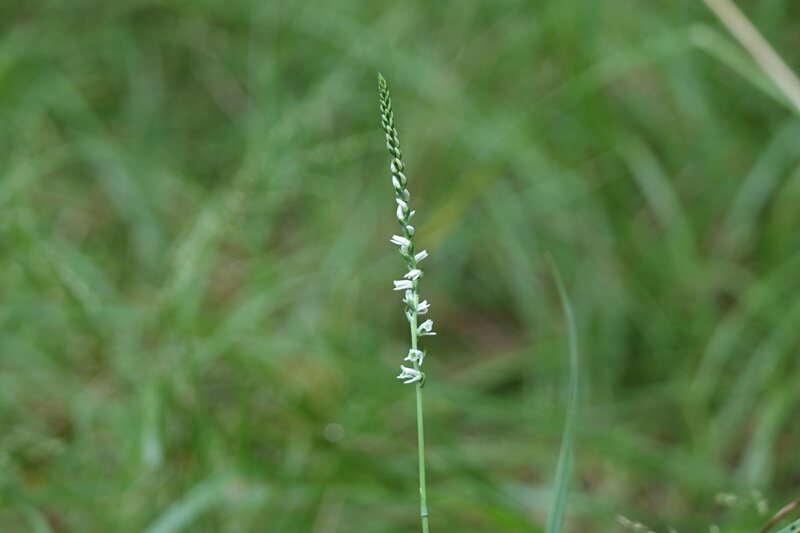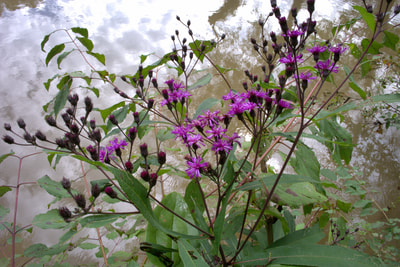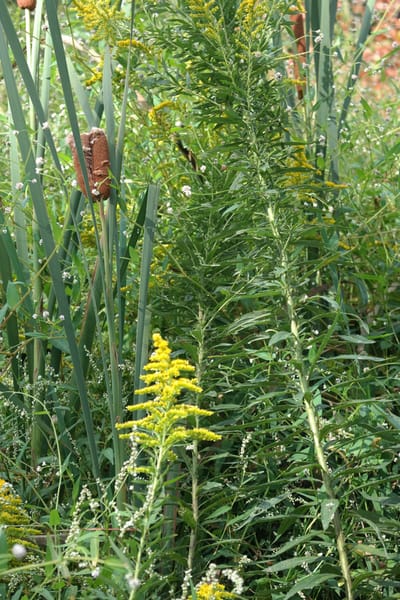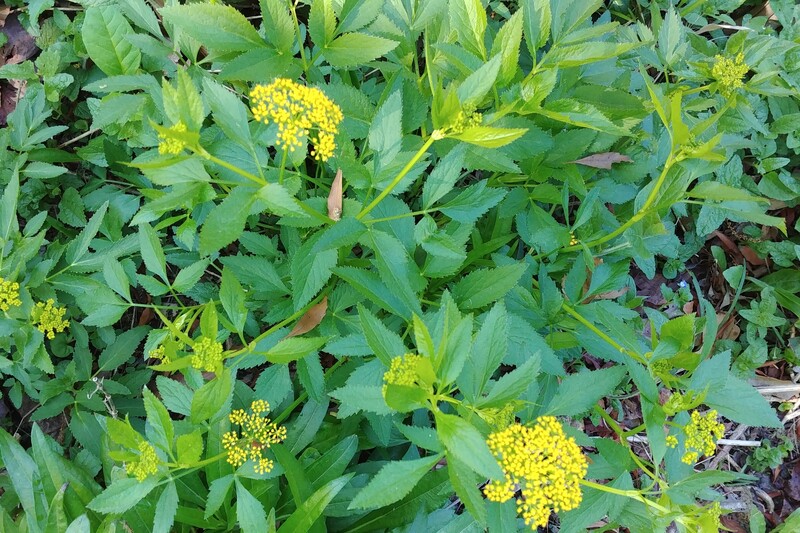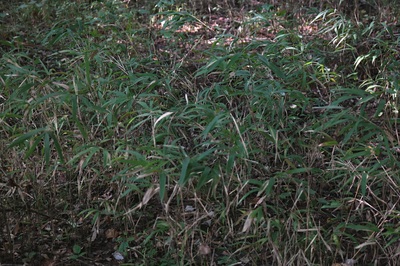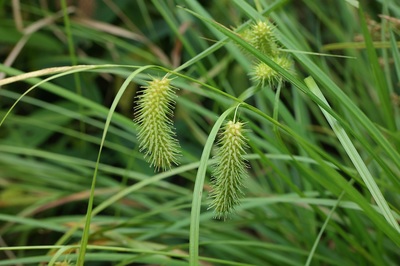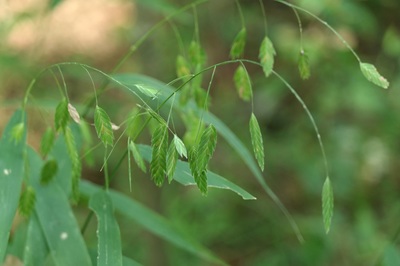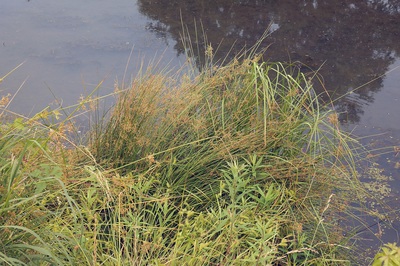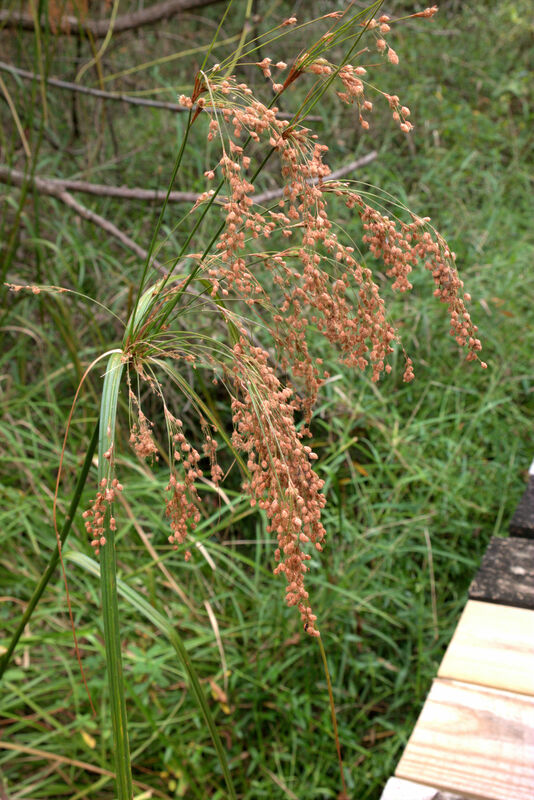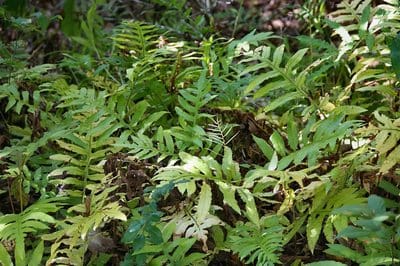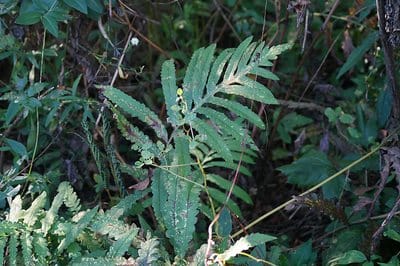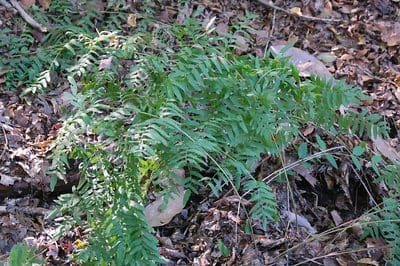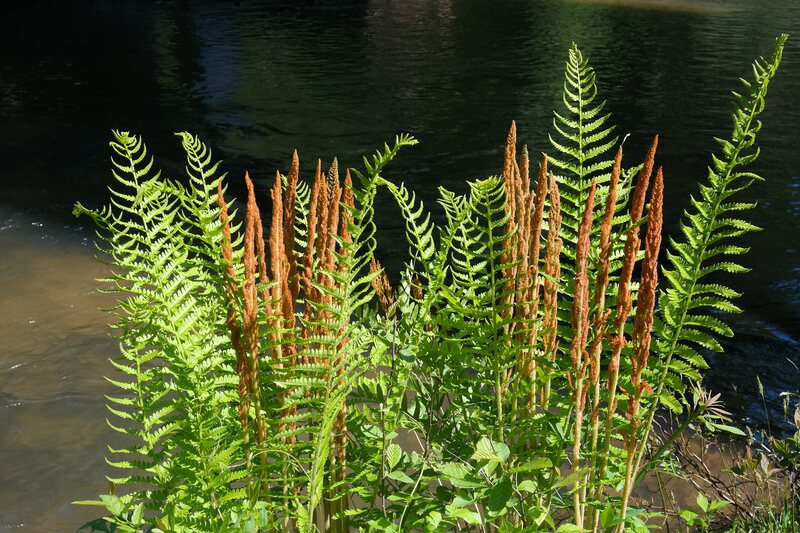Piedmont Wet Meadows and Marshes
|
Meadows and marshes are open areas with few to no trees and moist to saturated soils. Grasses, rushes, sedges, ferns, and wildflowers are often interspersed with shrubby thickets. Marshes have standing water much of the time, and may form in and adjacent to beaver ponds and in quiet backwaters near dams. Emergent pPlants that are rooted in wet, mucky soils in shallow water are characteristic. Wet/moist meadows may grow a small distance from ponds, in lowland swales, in patches by stream channels, and in seepage. These habitats often intergrade and are treated together here.
What's special: the dense vegetation, moist soils, and plentiful food sources enable these communities to support an diverse abundance of birds, mammals, and amphibians. Many pollinators nectar on the flowering plants that flourish in this sunny habitat, and there are many host plants for pollinators and other beneficial insects. These areas also retain water after floods, slowing run-off and easing erosion. Wet meadows and marshes are excellent models for creating rainwater gardens. |
Landscapes
I
Indicator species: netted chain fern, common wingstem, cardinal flower, Virginia sweetspire, jewelweed, joe-pye weed, ironweed, elderberry, swamp dogwood, buttonbush, tag alder. Related communities: Seepage and wet meadow patches are common on stream edges as part of the riparian zone in the Bottomlands and Floodplains natural community. That community also has many shady seepage areas embedded within it. Often, wet meadows and marshes will transition to upland prairies and savannas as the landscape climbs away from a lake, pond, or stream. |
|
Plants
Click on the plant names below for images and more information about each plant. Plant lists in order by scientific name. Trees (on edges and higher ground) Box elder Acer negundo Red maple Acer rubrum var. triloba River birch Betula nigra Sugarberry Celtis laevigata Green ash Fraxinus pennsylvanica Sweetgum Liquidambar styraciflua Tulip-tree Liriodendron tulipifera Sycamore Platanus occidentalis Water oak Quercus nigra Black willow Salix nigra Shrubs Tag alder Alnus serrulata Buttonbush Cephalanthus occidentalis Silky/Swamp dogwood Cornus amomum Possum-haw Ilex decidua Winterberry Ilex verticillata Virginia sweetspire Itea virginica Elderberry Sambucus canadensis Southern wild raisin Viburnum nudum Vines Ground nut Apios americana Crossvine Bignonia capreolata Trumpet vine Campsis radicans Virgin's bower Clematis virginiana Climbing hydrangea Decumaria barbara Carolina jessamine Gelsemium sempervirens Creeping cucumber Melothria pendula Climbing hempweed Mikania scandens Muscadine Vitis rotundifolia American wisteria Wisteria frutescens Wildflowers/Forbs False nettle Boehmeria cylindrica Turtlehead (white) Chelone glabra Water hemlock Cicuta maculata Mist flower Conoclinium coelistinum Boneset Eupatorium perfoliatum Hollow-stem Joe-pye-weed Eutrochium fistulatum Soapwort gentian Gentiana saponaria Narrowleaf sunflower Helianthus angustifolius Swamp (eastern) rose mallow Hibiscus moscheutos Jewelweed (orange) Impatiens capensis Dense blazing star Liatris spicata Cardinal flower Lobelia cardinalis Great blue lobelia Lobelia siphilitica Seedbox Ludwigia alternifolia Bugleweed (Virginia) Lycopus virginicus Monkey flower Mimulus ringens Cowbane Oxypolis rigidior Kidney-leaved grass-of-Parnassus Parnassia asarifolia Arrow arum Peltandra virginica Arrowleaf tearthumb Persicaria sagittata Obedient plant Physostegia virginiana Small green woodland orchid Platanthera clavellata Mountain mint (narrowleaf) Pycnanthemum tenuifolium Meadow beauty Rhexia mariana Cutleaf coneflower Rudbeckia laciniata Duck potato/Broadleaf arrowhead Saggitaria lancifolia Lizard's-tail Saururus cernuus Skullcap Scutellaria integrifolia Wrinkle-leaf goldenrod Solidago rugosa Calico aster Symphyotrichum laterifolum Purple swamp aster Symphyotrichum puniceum Cattail Typha latifolia Wingstem (common) Verbesina alternifolia Ironweed (common) Vernonia gigantea Ironweed (New York) Vernonia noveboracensis Golden Alexander Zizia aurea Grasses, Rushes, Sedges Bushy bluestem Andropogon glomeratus Shallow sedge Carex lurida River oats Chasmanthium latifolium Longleaf spikegrass Chasmanthium sessiliflorum Virginia wild rye grass Elymus virginicus Common rush Juncus effusis Beaked panic grass Panicum anceps/Coleataenia anceps Woolgrass bulrush Scirpus cyperinus Gamma grass Tripsacum dactyloides Ferns Cinnamon fern Osmundastrum cinnamomeum Netted chain fern Lorinseria areolata Royal fern Osmunda spectabilis Sensitive fern Onoclea sensibilis New York fern Parathelypteris novaboracensis |
Representative Trees in order of scientific nameRepresentative shrubs in order of scientific nameRepresentative vines in order by scientific name
Representative wildflowers in order by scientific nameRepresentative graminoids in order by scientific name
Representative ferns in order by scientific name
Representative Birds |

